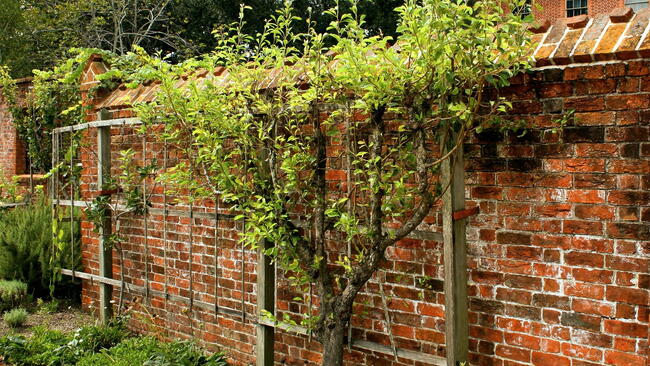
Also receive the Almanac Daily newsletter including gardening tips, weather, astronomical events, and more.
Planting, Growing, and Pruning Arborvitaes
ADVERTISEMENT
The little buds on the arborvitae branches, are those seedlings or just new growth on the plant? I wanted to see if I could grow from these buds or is the stem cutting the easiest or best way? Thank you!
Hi Joan,
Arborvitaes do produce seeds, typically on older plants, but without seeing exactly what you are talking about it is hard to say what it is you are looking at. If what you are seeing is the early stages of arborvitae cones, they will change from juvenile, greenish-yellow cones to mature (brown) in early fall, at which point they’ll be ready for harvest.
Arborvitae can certainly be grown from seed, but due to genetic variations, you may not end up with the same variety if grown from seed. If you want to produce the same plant as you have now, it is best to take a cutting in late summer or fall and follow the instructions above. It is also a little easier to propagate from cuttings than seeds.
Hope this helps!
I recently passed by my old house and noticed the Arborvitae I had planted near a kitchen window was gone. After reading this article, I now know why. I'm sorry poor tree! I didn't know any better back then! You were beautiful!
Can you transplant a mature arborvitae in the early spring?
Hi Catherine,
You can transplant your arborvitae in the spring. Of course, depending on its size and age, transplanting at any time of the year might be tricky. When transplanting in the spring, you will want to wait until the threat of frost has passed and the soil in workable.
Prior to transplant day there are a few steps you will want to take. The day before transplanting, you should water your plant to make sure it is well hydrated before the shock of moving and also dig the transplant hole and fill it with water. When decide to transplant, you should do so under overcast skies or during cooler evening hours. Just before digging your arborvitae from its current location, water it again. Once your arborvitae is in place, make sure you water while filling the hole with dirt and water again after it is fully planted.
Check the plant daily for the first couple of weeks as transplants may require watering every day—if not more. Make sure to check the soil for dryness a few inches below the surface to determine if more water is needed.
I have several arborvitae, probably 20 feet tall). The deer have eaten all the green off the bottom several feet. Is it ok to cut that back and just have a bare trunk and the top green?
Yes, it is is okay to trim away any dead branches that are the result of the deer damage. But arborvitaes do have the ability to produce new buds and it might be best to wait until early summer to see if anything will grow on the lower branches. If not, you can prune your arborvitae to remove those bare branches. Moving forward, you might want to consider putting up a deterrent (i.e. fencing) around the bottom of your trees to prevent any further damage in the future.
We had the most beautiful fence of Arborvitae at our home in Wilbraham, Ma. Until one year the deer got very hungry and ate it all ! We did try again...but that fence came down, too ! The deer love Arborvitae !! And, I guess, we didn't mind all that much...they are such beautiful creatures. My husband always said..."wait till spring, you wo'nt love them so much then !" But we always did ! We live in Florida now and will always miss NE and the changing seasons. Happy Thanksgiving !
Probably everyone with a garden has some arborvitae already but if not, get some! Plan on 5 to 7 years for maximum height and width. Rarely will you need to prune, if at all. Once established, they are nearly care free. I haven't fertilized them at all but reading the article, I suppose I could. I give a nice, long drink with a slow running hose near the base of each tree 2 or 3 times a season if it's on the dry side, maybe 5 minutes each. Spiders and spider mites, as mentioned, do seem to like making them home. I leave the spiders alone, they are harmless. Had spider mites twice, but not this year. The solution is very easy, just spray down each tree a few times per summer. They are classic along a fence or a single tree in a corner, etc. I do clean out debris from underneath in spring and fall so the trunk isn't smothered - leaf blower makes it easy. As with anything, tend carefully the first year after planting. Once established, they're usually good to go.









